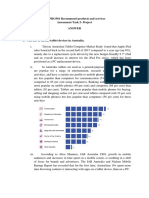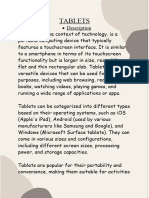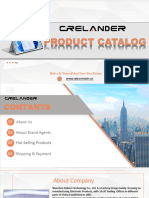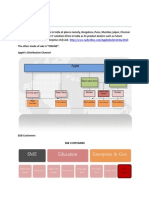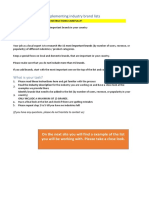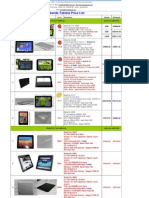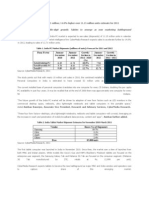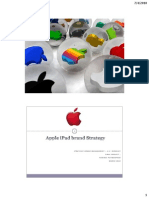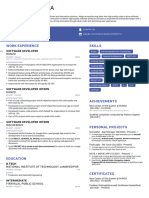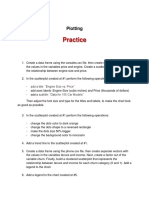0% found this document useful (0 votes)
25 views13 pagesTABLETS
The document analyzes the tablet product category in Türkiye, detailing the features, market size, and consumer needs that tablets fulfill. It highlights the competitive landscape, including various brands and their positioning, as well as the motivations behind consumer purchases. The analysis also identifies specific market segments, such as children, students, and professionals, while discussing the functional, emotional, and hedonic benefits of tablets.
Uploaded by
sofiyakarababaCopyright
© © All Rights Reserved
We take content rights seriously. If you suspect this is your content, claim it here.
Available Formats
Download as DOCX, PDF, TXT or read online on Scribd
0% found this document useful (0 votes)
25 views13 pagesTABLETS
The document analyzes the tablet product category in Türkiye, detailing the features, market size, and consumer needs that tablets fulfill. It highlights the competitive landscape, including various brands and their positioning, as well as the motivations behind consumer purchases. The analysis also identifies specific market segments, such as children, students, and professionals, while discussing the functional, emotional, and hedonic benefits of tablets.
Uploaded by
sofiyakarababaCopyright
© © All Rights Reserved
We take content rights seriously. If you suspect this is your content, claim it here.
Available Formats
Download as DOCX, PDF, TXT or read online on Scribd
/ 13












